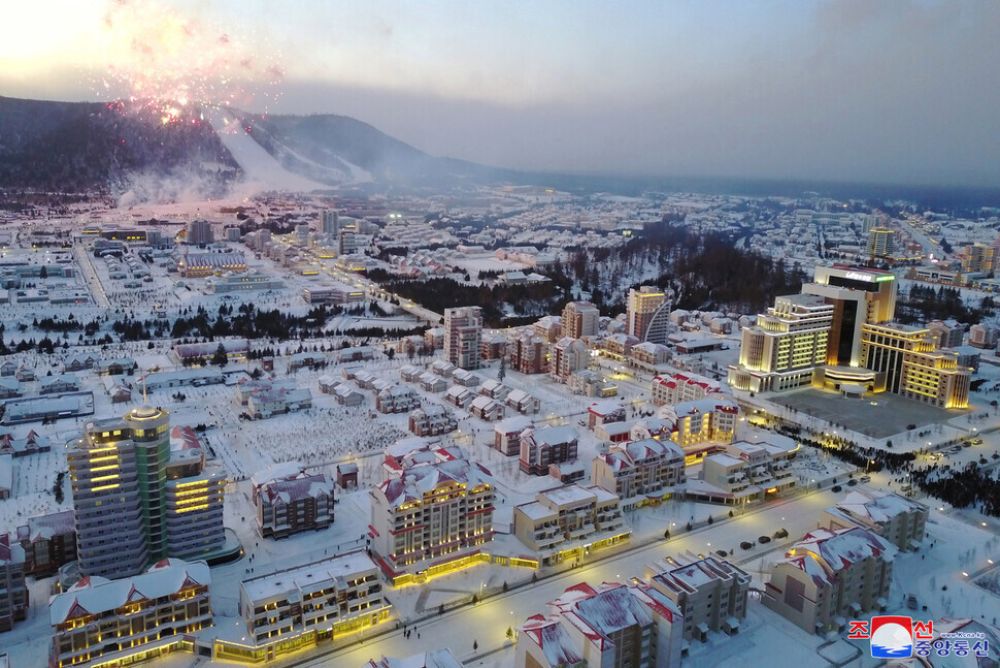

Samjiyon, located in the Ryanggang Province of North Korea, near the sacred Mount Paektu, holds a unique place in the country's history and mythology. Mount Paektu is revered as the birthplace of the Korean resistance against Japanese occupation and is closely linked to the Kim family's revolutionary legacy. This makes Samjiyon not just a scenic destination but a site of great national importance.
North Korea has historically been a reclusive nation with limited tourist access. Samjiyon's tourism history is relatively recent and closely tied to the North Korean government's efforts to showcase its ideological strength through tourism. With carefully curated tours, the regime seeks to present a narrative of North Korea's vision and historical perspectives to the outside world.
The development of Samjiyon as a tourist destination gained momentum in the early 21st century. The area has undergone significant transformations, with the North Korean government investing in infrastructure and facilities, aiming to attract both domestic visitors and international tourists. These changes have been part of a larger effort to boost the economy via tourism and encourage greater understanding of North Korean cultural and historical values.
A major turning point for Samjiyon came with the state-driven Samjiyon modernization project. The efforts culminated in the unveiling of a massive redevelopment scheme, which was completed in several phases. The grand vision for Samjiyon involves creating a "socialist utopia," which includes new apartments, hotels, ski resorts, and even an airport to ease access to this remote region.
While international tourism in Samjiyon is carefully regulated, recent years have seen a shift toward a more organized and thematic approach to tourism. The latest trend focuses on promoting the region's pristine nature, cultural importance, and adventures such as hiking around Mount Paektu, skiing, and participating in state-arranged tours that emphasize historical education.
Additionally, despite the global challenges posed by the COVID-19 pandemic, Samjiyon continued its expansion, suggesting that the North Korean government expects tourism to play a significant role in its future development strategy once international travel restrictions are lifted.
Samjiyon's rise as a key destination within North Korea's tourism sector illustrates the country's commitment to cultivating a specific narrative for both domestic and international audiences. While tourism in North Korea remains highly regulated with limited access to the broader global market, Samjiyon stands as a testament to the North Korean regime's aspirations to use tourism strategically to bolster its economy and legitimize its historical and cultural narratives.